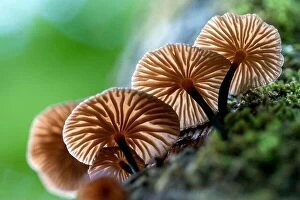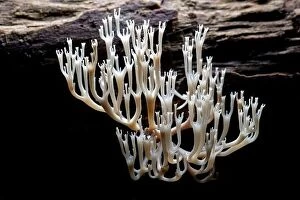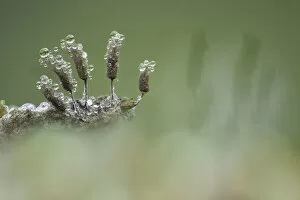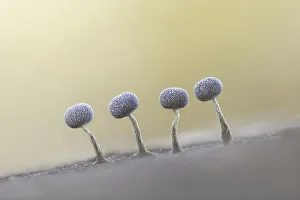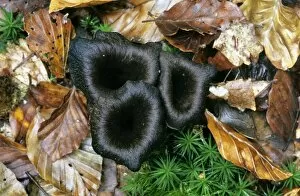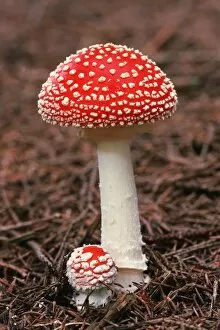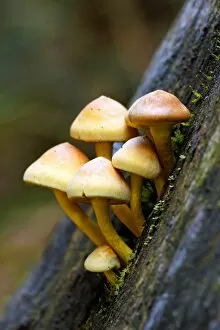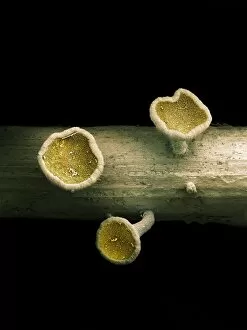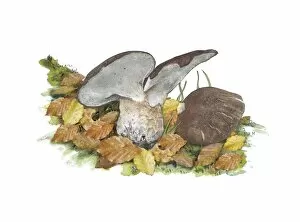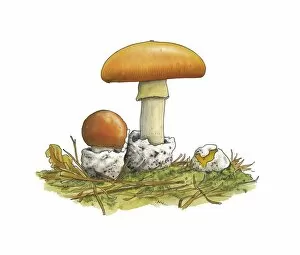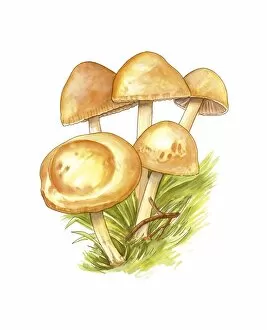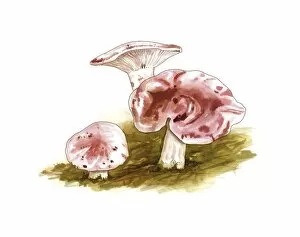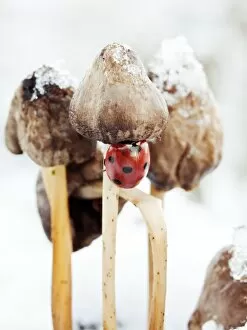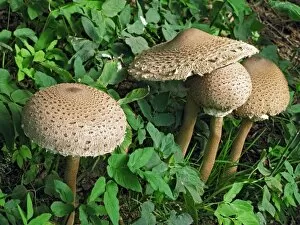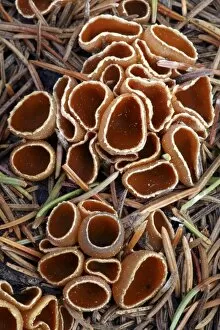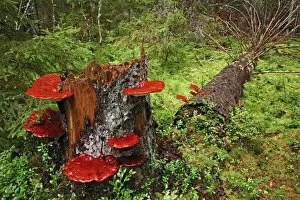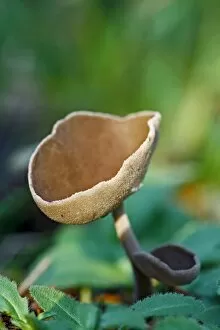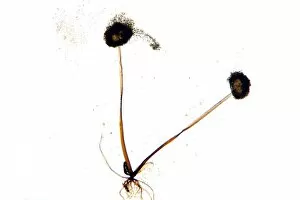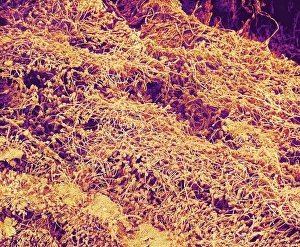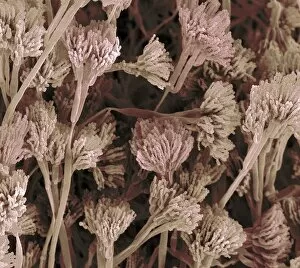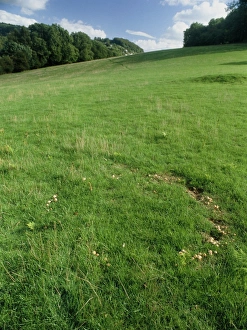Fruiting Bodies Collection
"Fruiting Bodies: A Fascinating World of Nature's Bounty" Nature never ceases to amaze us with its intricate creations
All Professionally Made to Order for Quick Shipping
"Fruiting Bodies: A Fascinating World of Nature's Bounty" Nature never ceases to amaze us with its intricate creations, and one such marvel is the diverse array found in the plant and fungal kingdoms. From the delicate Cup lichen (Cladonia floerkeana) to the vibrant Fly agaric (Amanita muscaria) fungus, these captivating structures play a crucial role in reproduction and dispersal. In the enchanting Marshwood Vale of Dorset, England, we encounter the mesmerizing Slime mould (Stemonitopsis typhina) sporangia. These tiny spherical capsules burst open to release spores that will eventually give rise to new slime mould organisms. Similarly, in Hampshire's New Forest National Park, Physarum spp. Slime Mould sporangia stand tall as testament to nature's ingenuity. Venturing further into history, we uncover glimpses of fungal fruiting bodies from centuries past. The 19th-century depiction showcases their intricate details and highlights their significance even then. Among them are Sulphur tuft (Hypholoma fasciculare), whose bright yellow caps bring a splash of color to woodland landscapes. However, not all they can benign beauties; some can be destructive forces too. Ash dieback disease fungus reminds us of this fact as it ravages trees across Europe with devastating consequences for ecosystems reliant on ash species. Yet amidst this diversity lies an undeniable allure—the Black chanterelle mushrooms beckon with their dark elegance while Fly agaric fungi captivate with their iconic red caps adorned by white spots—a sight that has inspired folklore and fairy tales throughout time. The Shaggy pholiota (Pholiota aurivella) adds its own charm with shaggy brown caps that seem almost whimsical against a backdrop of fallen leaves. Each fruiting body tells a story—of survival, adaptation, and the intricate dance between organisms and their environment.


